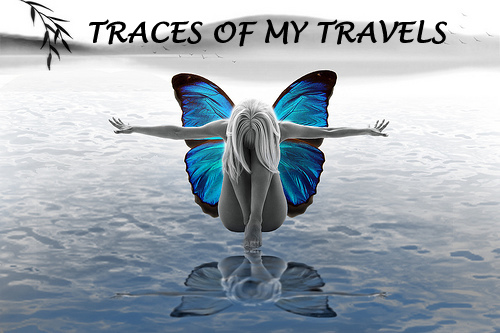The first signs of spring are here - crocuses and snowdrops have started to lift their heads above the soil. On the radio, there was a debate on some gardeners' question time as to whether the snowdrops are the last flowers of winter or the first flowers of spring. No matter, they are here, heralding the arrival of spring.

Today, we cast off our winter clothes perhaps a little bit too early and visited Polesden Lacey, situated in the North Downs, Surrey. This Regency country house, bought by an Edwardian society hostess in the early 20th century, is imposing both from the outside and the inside. Mrs Greville, who inherited her fortune from her father, was the illegitimate daughter of William McEwan, founder of the famous Edinburgh brewing business. Backed by her father's great wealth and power, she married into London society - her husband Ronald was a great friend of Edward VII. At Polesden Lacey, she entertained the rich and famous, and tried to outshine other London hostesses. But poor Mrs Greville, she could only buy paintings from the likes of Sir Henry Raeburn RA, but was unable to line her grand residence with ancestral portraits.
 |
| View of the Downs |
The house has wonderful views of the Downs, which are breathtaking despite the dullness of the winter sun. The house style is sumptuous, with decoration, furnishings and art on display to create a setting literally 'fit for a king'. A sizeable and diverse art collection provides much fascination, with everything from Dutch Old Masters, an inheritance from her father, to oriental porcelain and expensive objects d'art.
 |
The magnificent drawing room
|
 At the end of the visit, the variable English weather reminded me that winter was not yet over. Dark clouds loomed on the horizon, and the temperature dropped yet again to single figure.
At the end of the visit, the variable English weather reminded me that winter was not yet over. Dark clouds loomed on the horizon, and the temperature dropped yet again to single figure.






























